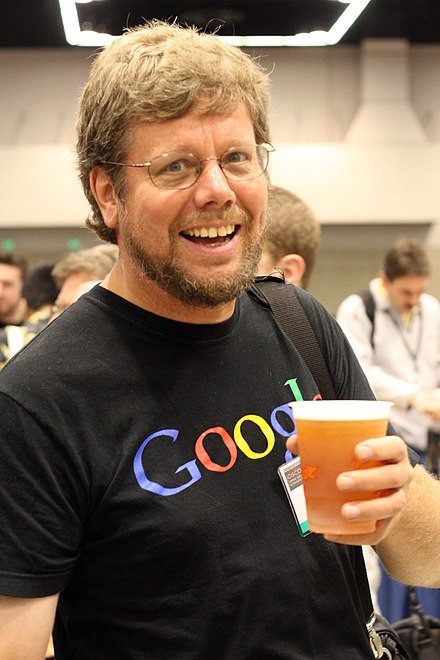The Python programming language powers a vast array of software applications that touch our lives daily. Guido van Rossum initially released Python in 1991, and since then, it has evolved into a robust, versatile, and beginner-friendly tool for programmers. From system administrators tackling daily challenges to developers constructing large-scale websites, Python is a go-to language. It finds applications in machine learning, finance, scientific research, education, game development, mathematics, physics, engineering, and rapid software prototyping. Prominent organizations like Autodesk, Google, Facebook, Microsoft, Dropbox, Alibaba, NASA, and IBM, along with numerous universities worldwide, rely on Python. Institutions such as UC Berkeley and MIT even incorporate it into their undergraduate programming curricula.
In a 1999 report, Van Rossum outlined his primary objectives for Python’s design:
- To create an easy-to-use and intuitive language with the same capabilities as its main competitors.
- To ensure it was open-source, allowing contributions from anyone.
- To make its code readable and resemble plain English.
- To make it suitable for everyday tasks, facilitating quick development cycles.
 Guido van Rossum at PyCon 2013
Guido van Rossum at PyCon 2013
Van Rossum’s decision to make Python open source led the Python community to bestow upon him the title of “Benevolent Dictator For Life” (BDFL). In this role, he played a crucial part in resolving conflicts that arose during the ongoing development of the language. Today, Python has transcended its origins as merely a programming language, evolving into a comprehensive ecosystem featuring numerous sophisticated libraries and specialized commands catering to a wide range of fields, spanning from astrophysics to project management.
Van Rossum’s journey as a programmer began after he earned a master’s degree in mathematics and computer science from the University of Amsterdam in 1982. He worked as a programmer in the Netherlands, then in the United States at NIST and CNRI, and later at Google. Since January 2013, he has been working at Dropbox. In 2006, the ACM recognized his contributions by naming him a Distinguished Engineer. His vision and dedication transformed Python into the powerful and accessible language it is today.
